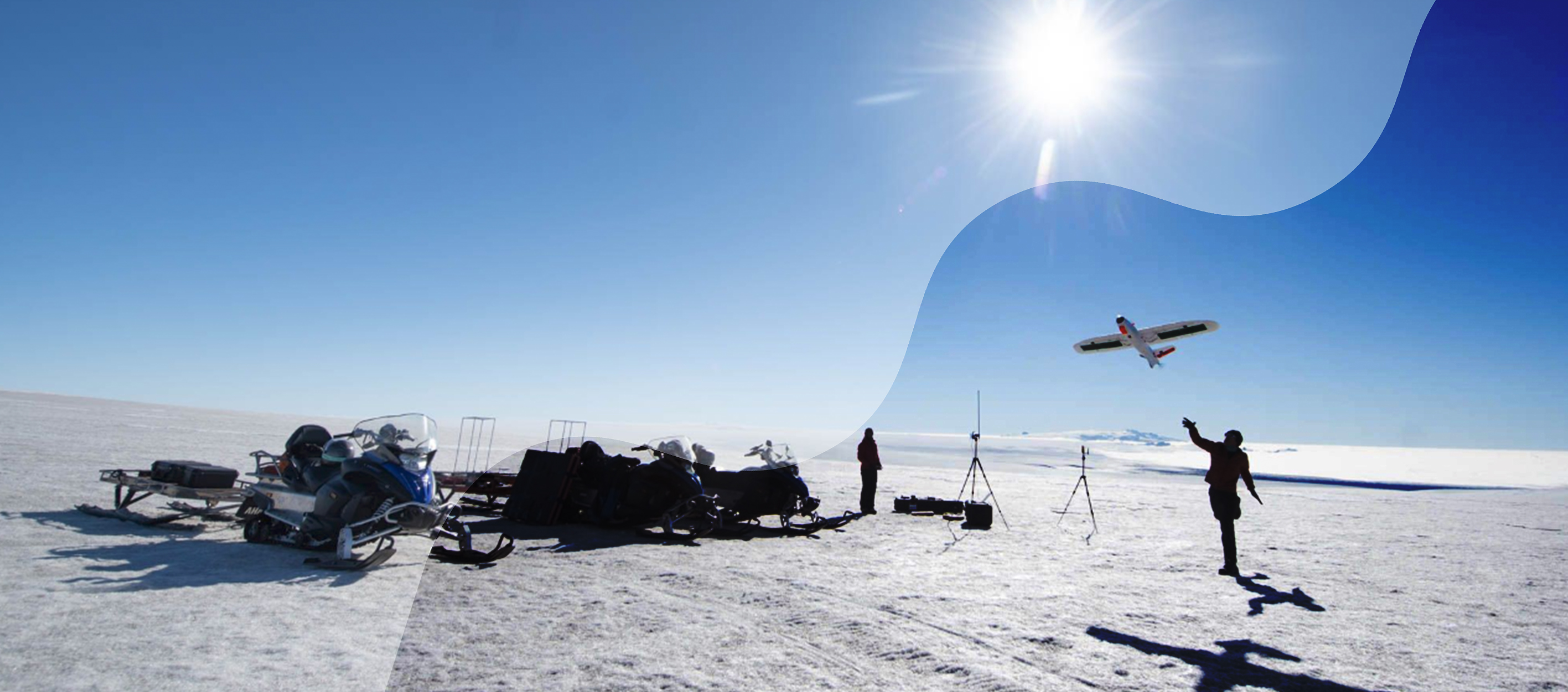
Research in Energy, Environment, and Sustainability is motivated at the macro level by the rapid rise in worldwide demand for electricity and related threats to the environment including global climate change and on the micro level by the explosion in the number of mobile devices and sensors whose performance and lifetimes are limited by energy. Work in this draws on a wide range of disciplines and approaches to address a variety of application domains including photonic energy conversion, engineering nanomaterials, advancing the scientific and technical foundations of geophysical radar, theory and simulations of photonic and solid-state materials, the design of dc-dc power converters working at MHz frequencies, power electronics, resonant converters, resonant gate drive techniques, high-frequency magnetics, power systems are in the integration of renewables, smart distribution systems, and demand-side data analytics, wideband gap (WBG) and ultra-wide bandgap (UWBG) materials and device engineering for energy-efficient and compact system architecture for electronics including power RF, using technology to help solve the environmental issues, end-to-end IoT system to enable data-driven agriculture solutions, new and innovative materials, structures, and process technology of silicon, germanium and III-V devices and interconnects for VLSI and nanoelectronics, metal and optical interconnections and high efficiency and low cost solar cells, convex optimization applications in control, signal processing, machine learning, energy-efficient transistors, data storage (memory), and thermoelectrics, novel materials and nano structuring for high efficiency solar cells.
Energy Harvesting & Conversion: The study of electronics and photonics play a central role for energy harvesting and conversion. For example, the harvesting of solar energy requires significant advance in both electronics and photonics. In addition, the majority of electronics today are fundamentally limited by the energy they consume. Conversely, the availability of more varied energy sources would enable functionality and ubiquity of electronics not yet possible today. Even when power is readily available, some electronics must obey very strict thermal requirements, such as those that come in contact with the human body. Examples include:
- Thermoelectric nanomaterials for thermal energy harvesting;
- Fundamental research into the nanoscale physics of electron-phonon energy interaction;
- Heat-sensitive electronics and their interaction with strict temperature environments such as car engines, the human body, or extraterrestrial applications;
- Energy harvesting from vibrations (piezoelectrics), thermo-acoustic energy conversion, and chemical reactions;
- Renewable energy research including photovoltaics, thermophotovoltaics, and radiative cooling.
| EMERITUS FACULTY |
|---|
| Jim Harris |
| ALL FACULTY | |
|---|---|
| Energy, environment, and sustainability - View all associated faculty | |
| COURTESY FACULTY |
|---|
| Simona Onori |